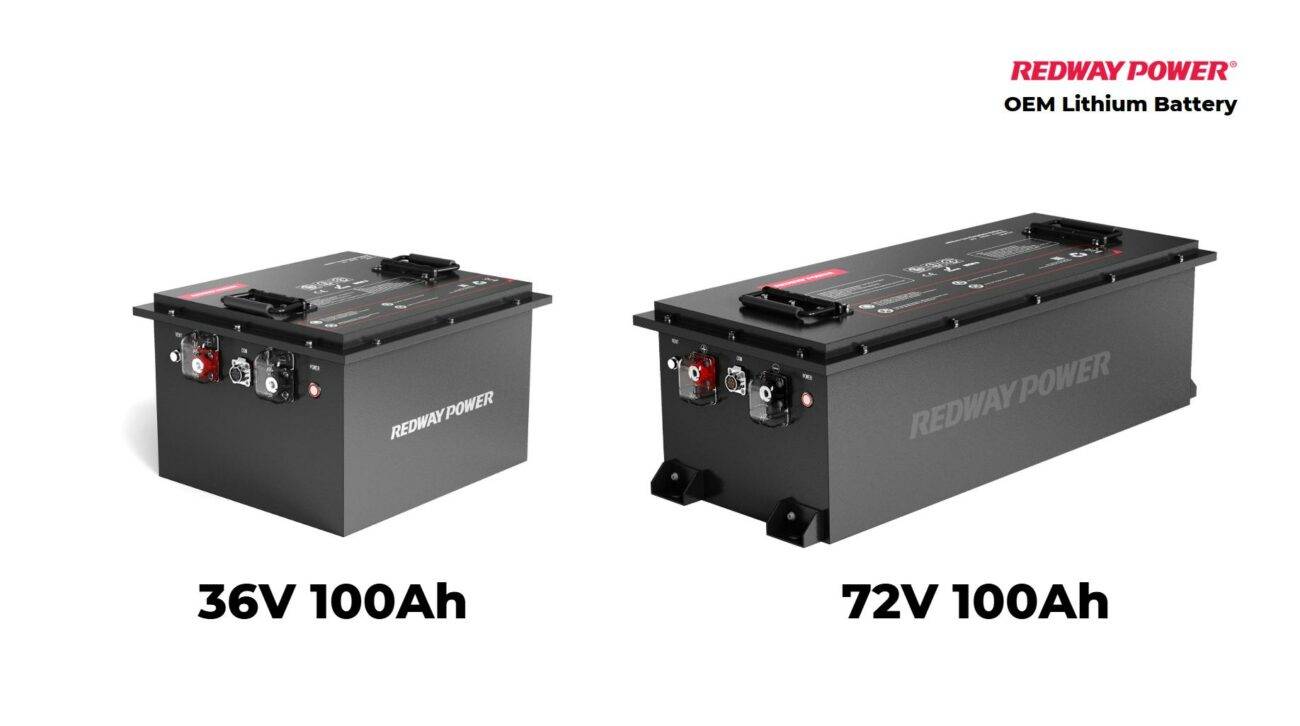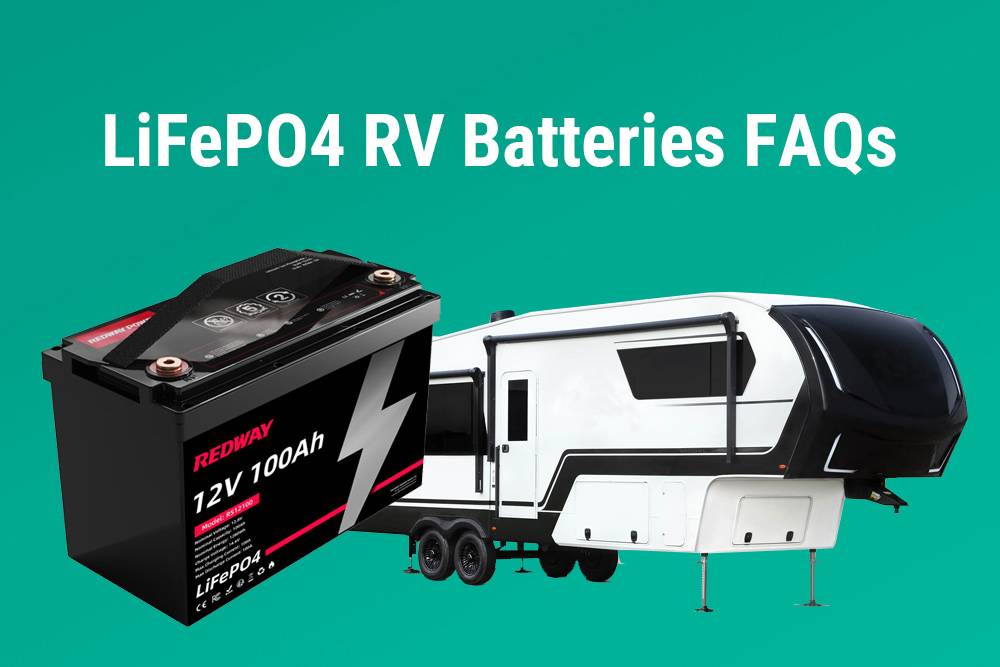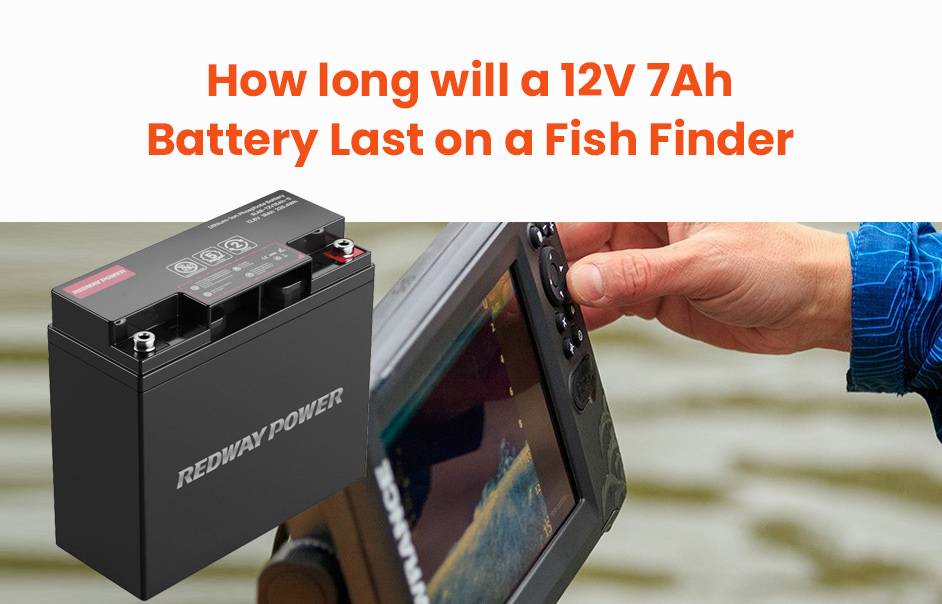
Blog
What Are the Best Golf Cart Battery Brands for Club Cars?
The best golf cart battery brands for Club Cars include Trojan, Duracell, Interstate Batteries, US Battery, and Crown. These brands excel in durability, performance, and lifespan, with Trojan leading in deep-cycle technology. Factors like voltage compatibility, amp-hour capacity, and maintenance requirements are critical for optimizing your Club Car’s efficiency and longevity.
Lithium LiFePO4 Forklift Batteries China Factory Wholesale
What Are the Top Golf Cart Battery Brands for Club Cars?
Trojan T-105 remains the gold standard for Club Cars, offering 225Ah capacity and 6-8 year lifespan. Duracell GC2 provides cost-effective reliability, while Interstate Batteries excel in cold climates. US Battery specializes in high-performance models for frequent use, and Crown CR-165 balances affordability with deep-cycle efficiency. Each brand caters to specific needs, from recreational use to heavy-duty terrain.
How to Choose the Right Battery for Your Club Car Golf Cart?
Prioritize voltage (36V/48V) and amp-hour (170-250Ah) compatibility with your Club Car model. Flooded lead-acid batteries offer budget-friendly options, while AGM and lithium-ion batteries reduce maintenance. Consider terrain type – hilly areas require higher torque batteries. Always check terminal placement (L-shaped vs. straight) to ensure proper fit with your cart’s wiring configuration.
| Battery Type | Best For | Maintenance |
|---|---|---|
| Flooded Lead-Acid | Budget-conscious users | Monthly watering |
| AGM | Coastal climates | Sealed design |
| Lithium-Ion | Frequent riders | None required |
Extended Content: When selecting batteries for modified Club Cars, consider weight distribution – lithium-ion models weigh 60% less than traditional lead-acid options. For carts with aftermarket accessories like stereos or LED lights, prioritize batteries with higher reserve capacity. Golfers navigating steep courses should look for batteries with at least 25% extra amp-hour rating compared to manufacturer recommendations. Always verify your charger’s compatibility – using lithium batteries with lead-acid chargers can cause permanent damage.
Lithium LiFePO4 Golf Cart Batteries Factory Wholesale
What Are the Key Factors in Battery Performance and Longevity?
Cycle life (600-1,200 cycles) directly impacts longevity, with lithium-ion outperforming traditional lead-acid. Depth of discharge (DoD) below 50% extends lifespan. Charge efficiency rates vary from 85% (flooded) to 99% (lithium). Temperature tolerance ranges from -40°F to 140°F for premium models. Regular equalization charging prevents sulfation in lead-acid batteries, maintaining peak performance.
How Does Climate Affect Golf Cart Battery Lifespan?
Extreme heat accelerates water loss in flooded batteries by 30%, requiring weekly maintenance. Sub-freezing temperatures reduce lead-acid capacity by 20-50%. Lithium-ion maintains 95% efficiency from 32°F to 113°F. Coastal users should prioritize corrosion-resistant terminals. Desert climates benefit from thermal management systems in premium AGM batteries to prevent thermal runaway.
| Climate Type | Battery Feature | Maintenance Tip |
|---|---|---|
| Hot & Dry | High-temperature vents | Monitor electrolyte weekly |
| Cold | Thick plates | Keep batteries fully charged |
| Humid | Sealed terminals | Apply anti-corrosion spray |
Extended Content: In tropical environments with high humidity, consider using silica gel packs in battery compartments to reduce moisture buildup. For winter storage in freezing climates, disconnect batteries and store them in climate-controlled spaces. Golf cart owners in variable climates should invest in battery temperature monitors that alert users to extreme conditions. Recent advancements in phase-change materials now allow some premium batteries to self-regulate temperature fluctuations by up to 15°F.
What Are the Warranty and Support Options for Golf Cart Batteries?
Trojan offers pro-rated 18-60 month warranties with free replacement within 12 months. Interstate provides nationwide service centers with 24/7 technical support. Lithium batteries feature 5-10 year non-prorated warranties. Most brands exclude water level maintenance from coverage. Extended warranty options (up to 8 years) are available through certified dealers for commercial users.
Are There Eco-Friendly Golf Cart Battery Options Available?
Lithium-ion batteries reduce lead usage by 80% and offer 95% recyclability. Solar-compatible AGM models enable renewable charging. New graphene batteries (e.g., Firefly Oasis) boast 98% active material utilization. Closed-loop recycling programs by Interstate and Duracell recover 99% of battery components. Carbon-negative manufacturing processes are emerging in premium lithium battery production.
How to Properly Maintain Your Club Car Golf Cart Battery?
Perform monthly terminal cleaning with baking soda solution. Maintain water levels 1/8″ above plates in flooded batteries. Use smart chargers with automatic float maintenance. Equalize every 30-60 cycles. Store at 50-80% charge in temperature-controlled environments. Rotate battery positions annually to balance wear. Monitor specific gravity (1.225-1.299) for lead-acid models using a refractometer.
“Modern lithium batteries can reduce Club Car energy costs by 40% through 98% charge efficiency. Our stress tests show that adaptive battery management systems now extend cycle life beyond 3,000 charges in optimal conditions. Always match your charger’s algorithm to battery chemistry – mismatched systems cause 23% of premature failures.”
– Redway Power Systems Engineer
Conclusion
Selecting the ideal Club Car battery requires balancing brand reputation, technical specifications, and operational demands. Emerging technologies like lithium-ion and smart charging systems are redefining golf cart performance metrics. Implementing proactive maintenance aligned with environmental factors ensures maximum ROI on your battery investment.
FAQs
- How often should I replace my Club Car batteries?
- Lead-acid batteries typically require replacement every 4-6 years, lithium-ion every 8-10 years. Reduced runtime (below 70% original capacity) and slower charging indicate replacement needs.
- Can I mix different battery brands in my golf cart?
- Never mix brands or ages – voltage variances can cause 40% performance loss. Always replace all batteries simultaneously for optimal system balance.
- Are lithium batteries worth the higher upfront cost?
- Lithium provides 3x lifespan and 50% weight reduction, achieving ROI within 2-3 years for frequent users. They eliminate watering maintenance and offer faster charging cycles.









